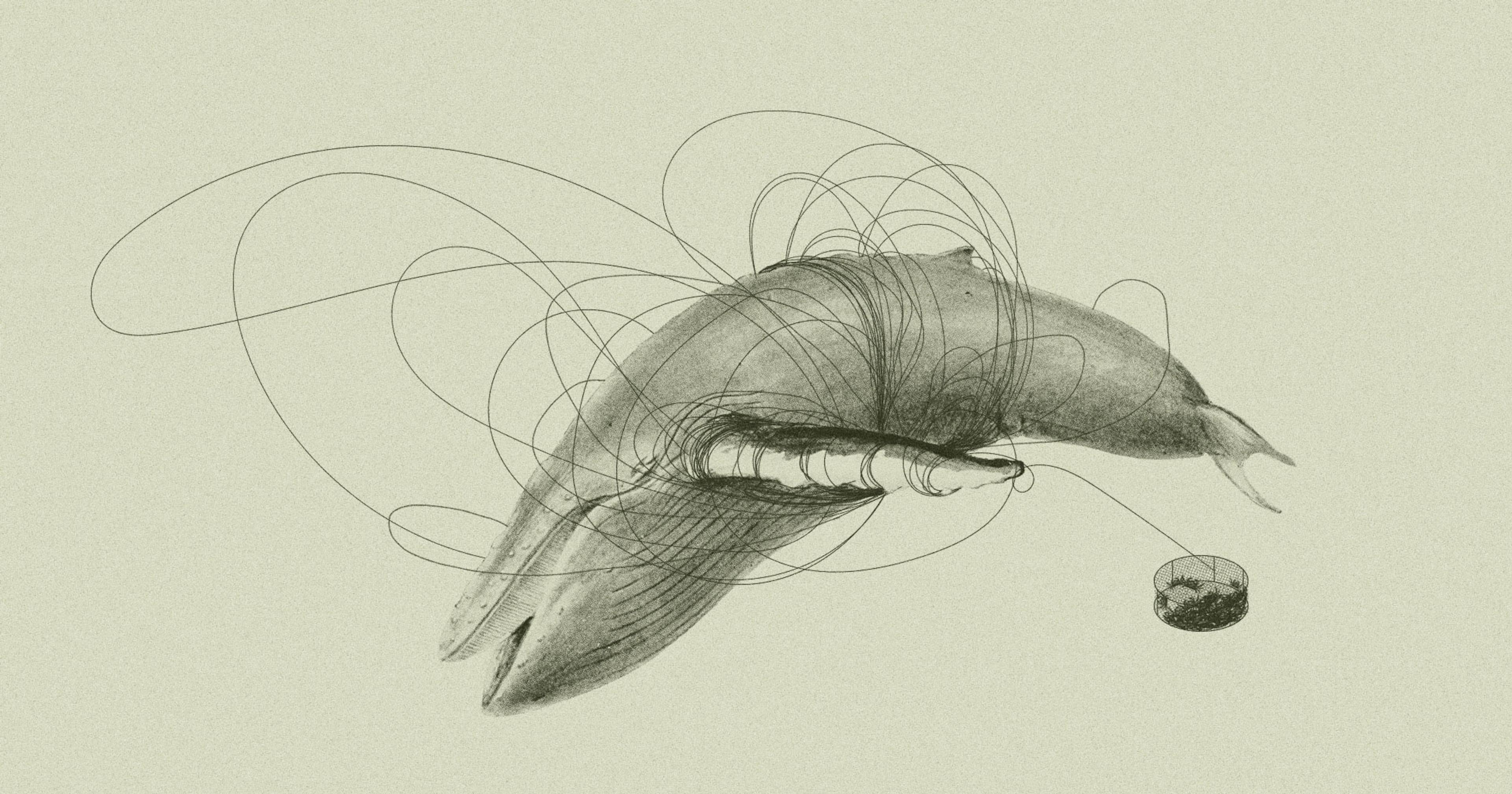Lack of rainfall isn’t the only cause of droughts: Our warming atmosphere is evaporating more water than ever before.
As the western U.S. emerges from a drought twice as severe as anything in the 20th century, consider a simple question: What causes a prolonged dry spell? If “lack of rain” was your first response, we have some news. According to a revealing new climate study, evaporation from plants and soil has replaced lack of rainfall as the primary driver of droughts.
And this higher evaporation demanded by our atmosphere can be traced back to human-made higher temperatures across the earth. Droughts of yesteryear were considered immutable acts of God, said study author Rong Fu, professor of atmospheric and oceanic science at University of California, Los Angeles.
“But this time, we caused it, we have control.”
If global average surface air temperature continues to rise, as is expected, Fu said, this all but guarantees a future of stronger, more devastating dry periods in the western U.S. Temperature-dominant droughts occur on far larger scales, and last far longer, then precipitation droughts. That could mean more rainfall that evaporates away before we can even use the water, lowering our reservoirs, drying our rivers, and exposing cracks in a creaky water allocation system — even in years of normal rainfall.
This demand for moisture from the atmosphere, called potential evapotranspiration, comes from a slurry of measurements made by meteorological stations on the ground, satellites, and computer models. Precipitation is simply what falls to the ground as measured with a rain gauge. And ultimately, when potential evapotranspiration exceeds precipitation, the negative value means that the earth’s surface lost more water than it gained.
Along with researchers at the National Oceanic and Atmospheric Administration (NOAA), Fu wanted to differentiate droughts caused by climate change from natural, random weather patterns, such as when a warm high pressure system settles over an area of land. They calculated values for precipitation and potential evapotranspiration in the 21st century based on those baseline weather patterns.
When observed droughts in the 21st century were more severe than the estimated natural droughts, the researchers chalked the difference up to climate change.
Lived Experience
Dry conditions are the norm for alfalfa farmer Randy Scilacci, based in Lovelock, Nevada. Wet years consist of just 4 to 6 inches of rain. Three years ago, in the middle of the latest drought across the western U.S., not a drop of rain fell from the sky and Scilacci’s farm received none of his 36 inches of water allotted from the Humboldt River.
Clay soil allows Scilacci to still “raise hay on no water.” The dense soil stays saturated with water long after the surface dries. When the rains do come and the fields flood, the clay soil drinks what it needs: half a foot, maybe one whole foot.
“If we don’t flood irrigate, you can’t keep raising crops.”
But the droughts hurt — the hay that is raised is thinner than during wet years, and grows at 50 to 70 percent the quantity. “If I hadn’t lived here my whole life and been through it before, I’d probably have pulled my hair out,” he said.
“If we don’t flood irrigate, you can’t keep raising crops,” Scillaci added.
For what it’s worth, Scillaci doesn’t blame climate change for any of this. After nearly 30 years of farmwork in Nevada, droughts and other weather patterns cycle “up and down,” according to Scilacci.
“We’re lucky if we’re here 100 years, in the scheme of things,” he added. “I think that’s a pretty short duration of time to try to blame stuff on mankind.”
Another View
A warmer atmosphere sucks up moisture from plants and the soil, anywhere it can, and holds more water vapor, allowing less rain to fall to the earth. The study compared the amount of water that fell from the sky to the amount sucked back up to the atmosphere in a supply-minus-demand equation. It assumes that the earth will give the atmosphere the moisture it wants.
Climate physics researcher Richard Seager thinks there’s more to the story — and less evapotranspiration than the study suggests.
Drought in the study was calculated by subtracting the amount of water that the atmosphere could potentially suck up from the earth subtracted from the amount of water falling to the ground. But potential evapotranspiration is “a mythical quantity,” said Seager, professor at Columbia University’s Lamont-Doherty Earth Observatory in Palisades, New York. It is a measure of how much moisture the atmosphere allegedly wants, not what actually gets transferred from the ground to the sky.
Plants have ways to limit transpiration in dry conditions, Seager said. They do this by closing the pores on their leaves, called stomata, and cutting off the ports for water to transpire. Therefore, evapotranspiration goes down as soil dries, he said.
Seager’s climate model shows that decreasing precipitation in the cool season will dry out the soil in the summer months, and result in a decrease in the actual evapotranspiration from the surface.
Temperature does play a role in future droughts, Seager said. But this study “has overemphasized the role that temperature plays relative to precipitation.”
Groundwater Woes
Even in the absence of climate change, water allocation in California and other western U.S. states is a system that can be called, at best, inefficient. And as climate change supercharges droughts in California, these inefficiencies get more exacerbated, said Ellen Bruno, associate professor of cooperative extension in agriculture and resource economics at the University of California, Berkeley.
Groundwater is seen as a substitute for surface water in dry conditions. If droughts lead to increases in evapotranspiration, as the study concludes, that will increase the demand for pumped groundwater, Bruno said. The water table will lower further beneath the ground surface, impacting domestic wells and nearby ecosystems.
Historically, groundwater access in California has been a “free for all,” Bruno said. That perception began to change after the passing of the California Sustainable Groundwater Management Act in 2014. The act requires all groundwater agencies across the state to make plans to achieve sustainable groundwater use by 2040.
Those plans might include pricing groundwater in order to incentivize less groundwater use. Or, they could focus on ways to artificially recharge groundwater by flooding fields in winter or pumping water directly into the ground.
The latest drought over much of the western U.S. ended in 2023 when heavy snowfalls blanketed the Sierra Nevada mountains and some areas to their east received 200 percent more rain than normal. Yet, 2023 was the fifth-warmest year on record. Now that evaporated loss due to high temperature has surpassed precipitation deficits, one wet year will not refill a reservoir, study author Fu said.
Lake Powell, a major reservoir source of water for many western U.S. states, never reached the “full pool” level of water in 2023, despite receiving more snowfall runoff than previous years.
The solution, Fu said, is to slow temperature increase. And that requires aggressive emission control, she added. While that is difficult, “the consequence of not doing that is far larger.”










